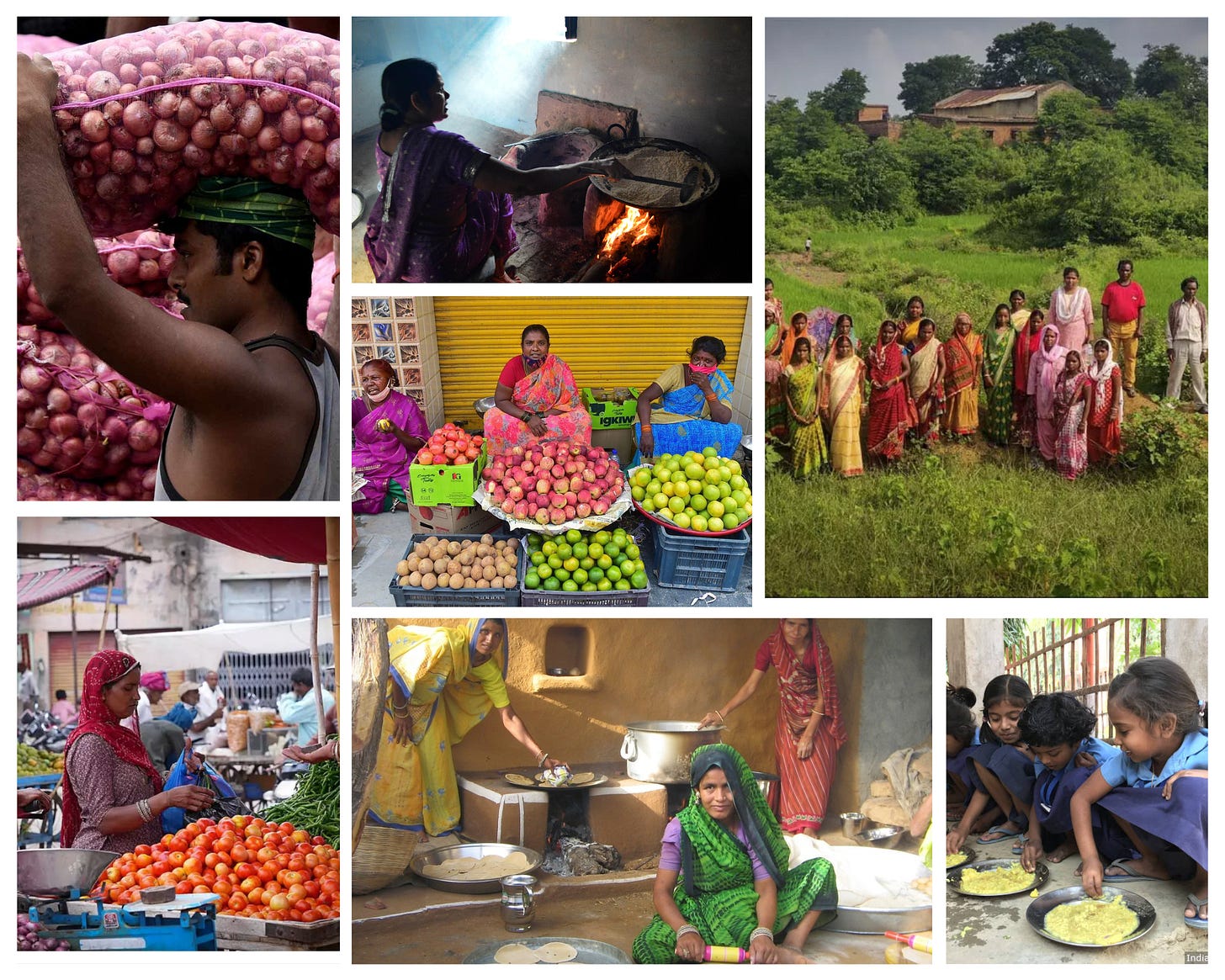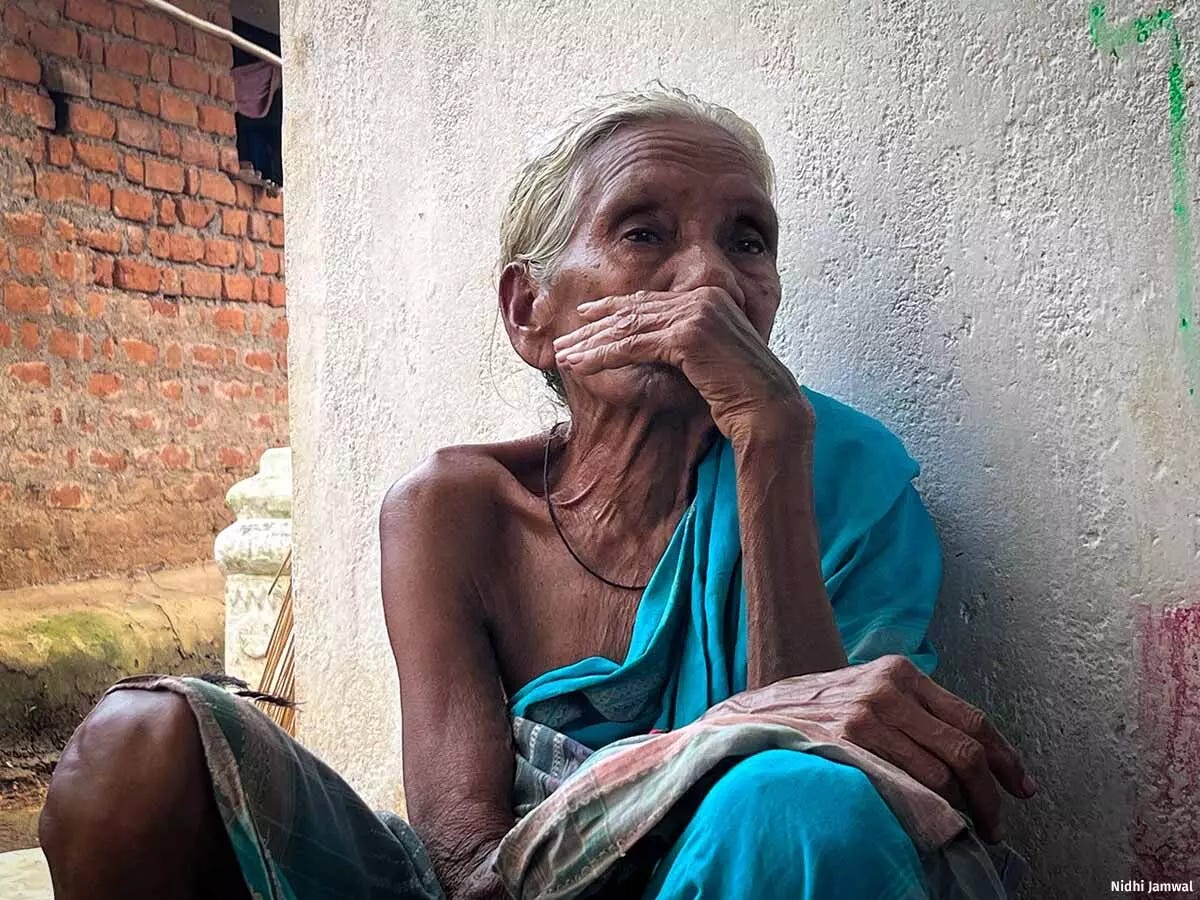Tracking Food Prices
This week, our new realtime dashboard on what it costs to eat healthy, and how the tribals around Odisha’s Gandhamardhan Hills are organising to protect their rights
Dear Reader
India has the highest number of stunted children in the world. More than one in eight Indians are undernourished. Government data collated through large-scale surveys found that except for cereals and pulses, the daily consumption of all food groups was below the recommended levels.
All of these are issues of public health that can be at least partly remedied by making nutritious food more affordable. That however is easier said than done. More than 27.5% of the population lives below the poverty line, and about 800 million people depend on welfare for food.
In this context, I’m excited to announce the launch of IndiaSpend’s Food Price Watch, a realtime dashboard that gathers data from across the country and estimates what it would cost to consume a healthy diet across time. This also kicks off our year-long multi-part series on the determinants of food prices, and how they affect what our fellow Indians eat.
Elsewhere, Adivasi communities around the Gandhamardhan Hills are fighting twin battles—to protect their sacred hills and to claim their community forest rights.
The Price of Nutrition
In 2013, the National Food Security Act was passed to ensure that everyone in the country had access to the basic food required to live a dignified life. Accordingly, federal and state governments provide subsidised rice and wheat to households that live below the poverty line. But that’s not enough.
The National Institute of Nutrition recommends that an adult Indian eat about 300 grams of vegetables in a day to stay healthy, in addition to proteins, fats and fruits.
Our analysis from the new dashboard shows that it costs about Rs 29 to afford a meal that meets the minimum nutrition requirements—more than a day’s mobile internet costs. As extreme weather events become more frequent, agricultural output and supply chains are bound to be disrupted, potentially increasing these costs.
At Rs 6,002 per month for a family of four, food that meets the NIN’s guidelines is most affordable in Madhya Pradesh. Moving away from the central Indian state in any direction, food prices increase as a function of remoteness and distance. Nushaiba Iqbal writes.
‘Our Hills Are Non-Negotiable’
Para Malik is more than 80 years old. Her eyes sparkle as she recalls the protest of the 1980s, when the state-owned Bharat Aluminium Company (BALCO) arrived to mine bauxite around the Gandhamardhan Hills, considered sacred by the tribals. The Kondh woman from Kuradiphasa village animatedly recounted how she and other women butted heads with BALCO.
“For more than a year, women blocked the entry road to the Gandhamardhan Hills. We did not fear for our lives as we lay down in front of JCBs [excavators]. Prisons were overflowing, and some of us here even went to jail for three days, but still did not give up our fight,” she said.
Four decades later, recent land acquisition in the area has resurfaced fears of mining, even as the government and the associated companies say land was only acquired for compensatory afforestation. The youth are organising to resist any attempts of mining.
On the other hand, gram sabhas have joined together to form federations to claim their community forest rights under the Scheduled Tribes and Other Traditional Forest Dwellers Act, 2006. Locals complain that claims are not being processed, and rights are being recognised over smaller land parcels than claimed.
These forests are also rich in minor forest produce, such as mahua, bamboo, hill grass, on which thousands of tribal families depend for their livelihoods and sustenance.

“The government is not giving us CFR over our entire forest because it knows that if we get the rights, we will fight even stronger against mining activities and destruction of our forests,” said Nirmal Patel, a Kondh tribe member from Kuradiphasa. Nidhi Jamwal reports from Odisha’s Bargarh.
We’ll be back next week with more stories and insights.





